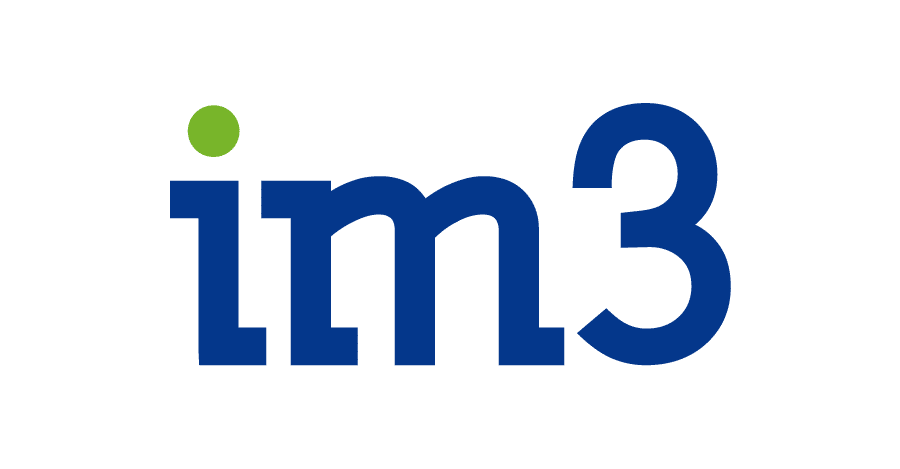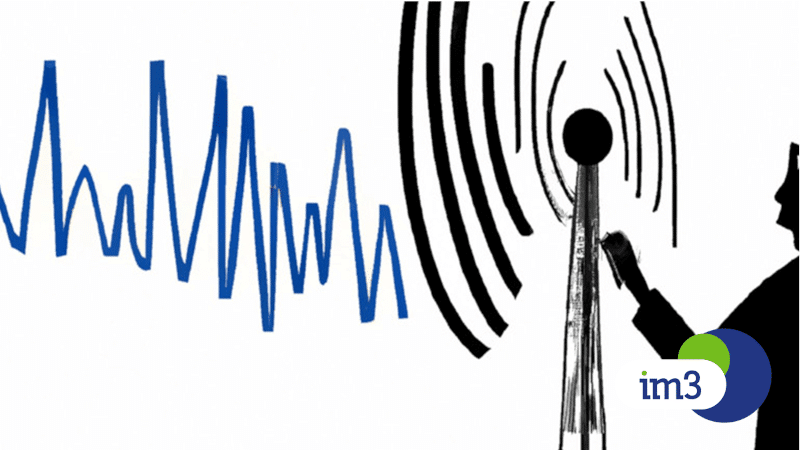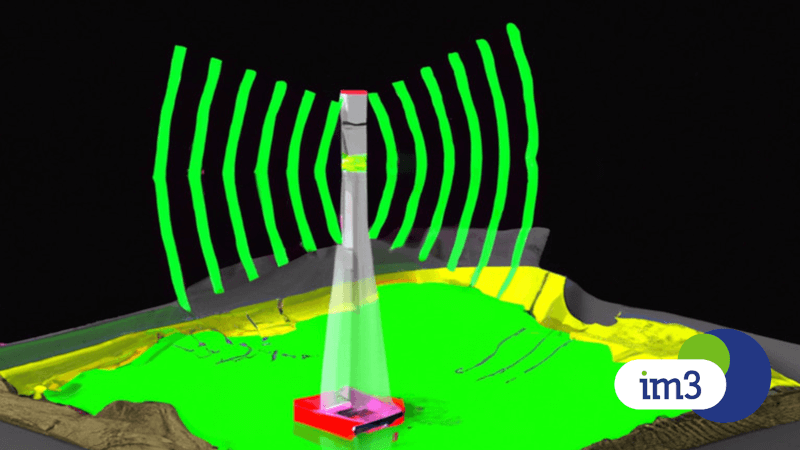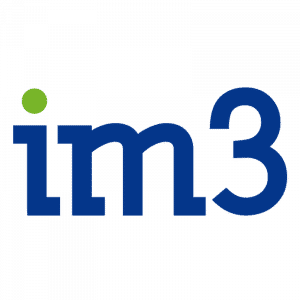26 Apr 75th anniversary of Jesse Russell, father of digital telephony
Transmission of information by radio frequency at the speed of light
Today, April 26, we celebrate the 75th anniversary of Jesse Russell, recognized for the development of the second generation of the telephone network (2G) in 1988 with the introduction of digital telephony.
It is important to remember that the transmission of mobile phone communications is not at the speed of sound (343 m/s at 20°C), but at the speed of light (300,000 km/s in vacuum). Indeed, at present, telephony continues to be transmitted by radio waves, which are the electromagnetic waves with the longest wavelength in the Electromagnetic Spectrum.
The “mediator” particles or messengers of Electromagnetic interactions are photons, whose rest mass is zero, which means that it cannot be at rest. And like all particles with zero rest mass, the photon moves exclusively at the speed of light.
Therefore, since radio waves travel at the speed of light, and the relationship between wavelength λ and frequency f is given by the expression λ=c/f, the frequency/wavelength range of the radio transmissions is between:
- f= 300 GHz λ= 1mm
- f= 30 Hz λ= 10,000 km, greater than the radius of the Earth.
In between, we have the values for the different RF technologies. For example, wireless technology for Wi-Fi Ethernet networks (IEEE 802.11) is transmitted in the ranges:
- f= 6.0 GHz λ= 5 cm
- f= 2.4 GHz λ= 12.5 cm
Currently the majority of internal communications in electrical substations is carried out through electrons through conductive mediums, and new projects are preferring the use of photons by optical mediums (fiber optics), thus eliminating electromagnetic interference and electrical risks.
In the near future, it is expected that communications will be by photons in air, Wi-Fi or similar; Thanks to quantum science, we know that the reliability of the transmission of information by electromagnetic waves in radio frequency is guaranteed, we simply need developments in technology appropriate to the requirements of use of the IEC 61850 standard.



